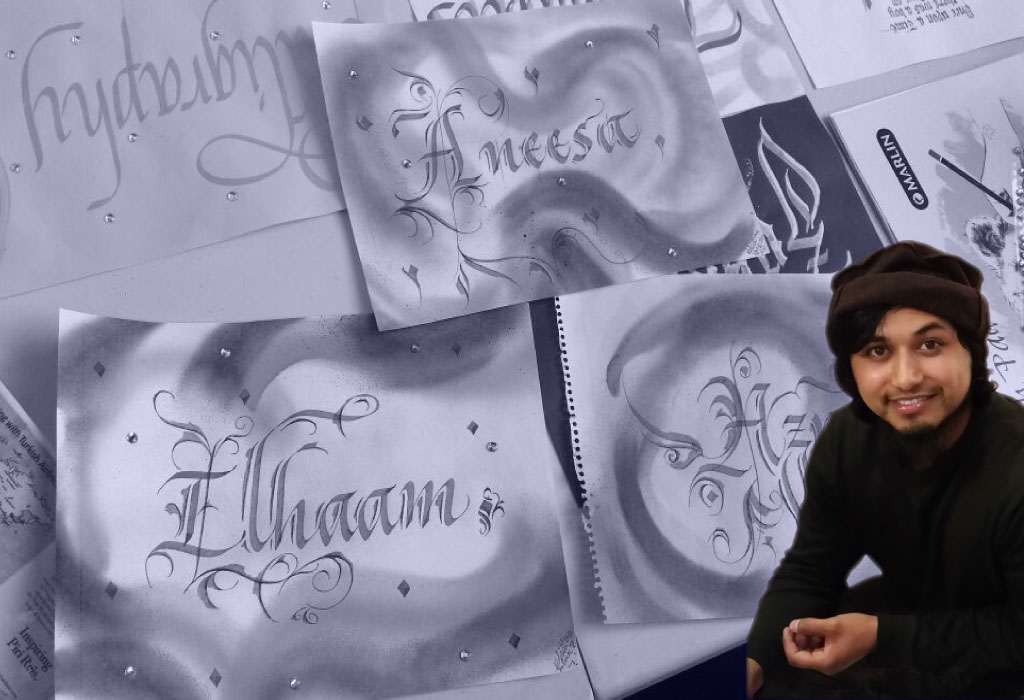
is Mohsin’s signature
Mohsin Sayed continues to advance his calligraphy skills and is now learning Arabic calligraphy, making time for calligraphy every day, even if it is late at night.
Magnificent handwriting

“I sleep calligraphy, I dream calligraphy and I eat calligraphy,” is how Mohsin Sayed describes his passion for the art of calligraphy. Mohsin is a lecturer in the Faculty of Education on the NWU’s campus in Vanderbijlpark.
It all started when he was a student at the Islamic Institute. He was resting in his room when he noticed the Arabic calligraphy on a calendar on the wall. “The colours and shapes were so beautiful,” he recalls. Mohsin was especially intrigued by the English translations on the calendar that were also written in calligraphic style. He returned home, determined to learn how to practise this ancient art.
He invested in a calligraphy kit and was fortunate to meet an elder in his community who was a master in calligraphy. Mr Abdul Haq Nathie is already in his eighties, but still practises the art and has such a steady hand that he can draw a straight line in free hand. In his prime, Mr Haq Nathie wrote for Madiba and has done international workshops with the likes of Sheila Waters, a renowned English calligrapher.
Mohsin remembers asking him, “Papa, what will you charge me to teach me this art?” Mr Haq Nathie replied that the cost of his lessons will be very dear: “’I will ask your dedication,” he said.
15 years since that first lesson
“From that day I have been dedicated to the art of calligraphy,” says Mohsin, adding that it has been almost 15 years since his first lesson with the teacher he so fondly calls “Papa”. He has since mastered many different styles of English calligraphy but says he is still learning. “Calligraphy is an art that you need to keep on perfecting.”
He started with Roman Script which is deemed to be the oldest style in the world and can be seen in stone carvings from 600 BC. Mohsin explains that the Roman script is based on the form of an “O”. In the 11th century, Black Letter script, also known as Gothic script, was developed, stemming from the use of vertical lines or strokes. Italics is another style that originates from the “O”, but is more slanted and has egg-shaped letters.
Mohsin says these are the basics of calligraphy and are of vital importance for anyone to master if they hope to ever excel in the art.
Writing with anything, on anything
Mohsin especially enjoys practising modern calligraphy and likes to combine it with spray-painting and other contemporary influences. “If you are a true calligrapher, you should be able to write with anything, on anything,” he says, telling how he sometimes even uses his finger to write.
He also paints, practises the Brazilian non-combat martial art form, Capoeira, and does gymnastics and archery.
Mohsin lectures first-year curriculum development and practical teaching and is studying towards his master’s degree in natural science education, exploring the subject of wetlands.
“As a Capoeirista, your movement stems from the ground. The environment is very important to me.” He hopes to start a Capoeira group on campus and is planning a calligraphy workshop as well, in order to keep these two art forms alive.
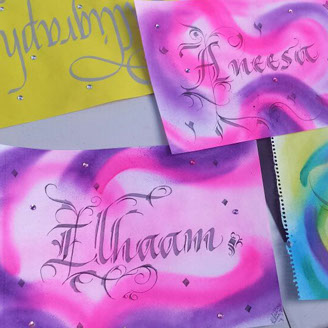
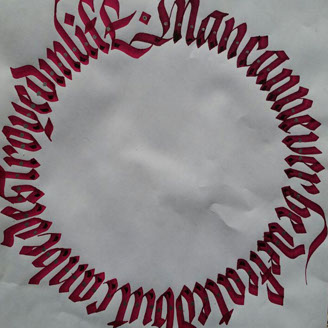
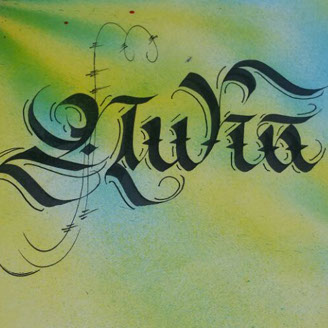
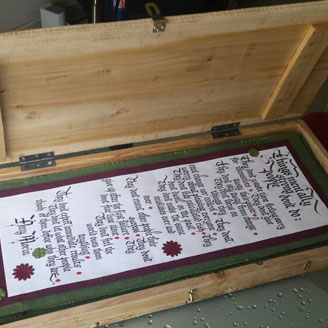
“Calligraphy is an art form that uses ink and a brush to express the very souls of words on paper.” This quote by Japanese calligraphy artist Kaoru Akagawa definitely rings true when you look at the above examples of Mohsin’s work.
“Calligraphy is an art form that uses ink and a brush to express the very souls of words on paper.” This quote by Japanese calligraphy artist Kaoru Akagawa definitely rings true when you look at the above examples of Mohsin’s work.
“Calligraphy is an art form that uses ink and a brush to express the very souls of words on paper.” This quote by Japanese calligraphy artist Kaoru Akagawa definitely rings true when you look at the above examples of Mohsin’s work.
“Calligraphy is an art form that uses ink and a brush to express the very souls of words on paper.” This quote by Japanese calligraphy artist Kaoru Akagawa definitely rings true when you look at the above examples of Mohsin’s work.
<
>
Watch the short video below to see how Mohsin writes the word Eish!